- Mahsa S. Y.
- information
- 11237 views
- 7 comments
Silk fabric is one of the world's oldest and most valuable fabrics. It is popular because of its smooth, shiny, and durable texture. This tightly woven textile is one of the firmest manufactured fabrics available. The fibers of this type of fabric can be woven and processed in different ways.
The weaving method of silk fibers determines the texture, appearance, and application type. Silk thread is the most potent natural protein fiber. We can combine with fibers of other types to obtain diverse and robust fabrics.
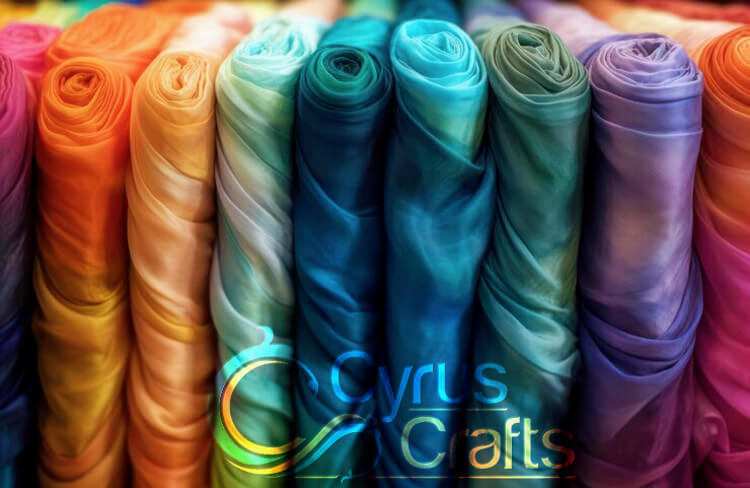
The history of silk production in Iran goes back to before Islam. At that time, Iranians were producing three types of silk fabrics, namely Diba (plain colored silk), Parnian (multi-colored silk and often seven colors in simple and floral designs), and Parand (colored silk fabrics with border designs). Today, countries such as India, Japan, France, Spain, Russia, and Italy produce silk fabrics.
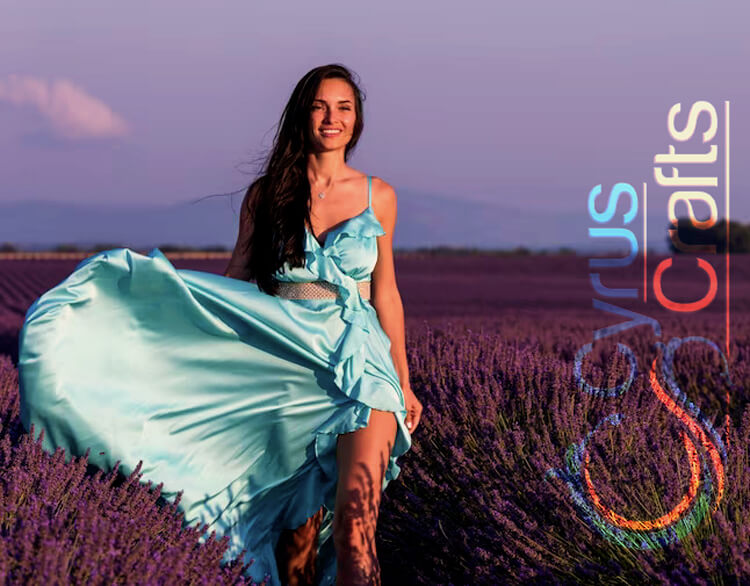
In this blog post, you will read, and you can click each one for quick access:
- Silk Fabric and Silk Thread
- Types of Silk by Naturalness
- Types of Silk Fabrics
- Silk Fabric's Advantages
- How to distinguish Natural Silk from Synthetic
- Uses of Silk Fabric
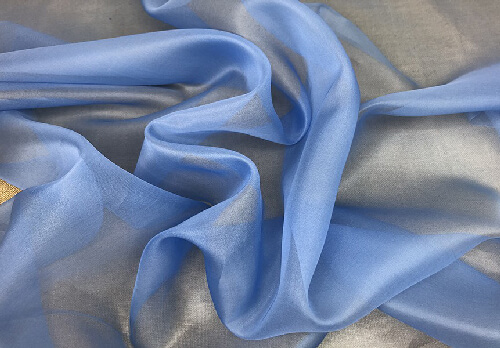
Silk Fabric and Silk Thread
Silk is a protein fiber and the only natural fiber with filaments. Silk fibers, woven by various species of arthropods, have existed naturally for hundreds of millions of years. This fiber is produced from different types of ectodermal glands in worms, spiders, and different groups of insects. The first type of silk humans produced worldwide was a protein fiber obtained from the silkworm cocoon and was soft, transparent, delicate, and strong.
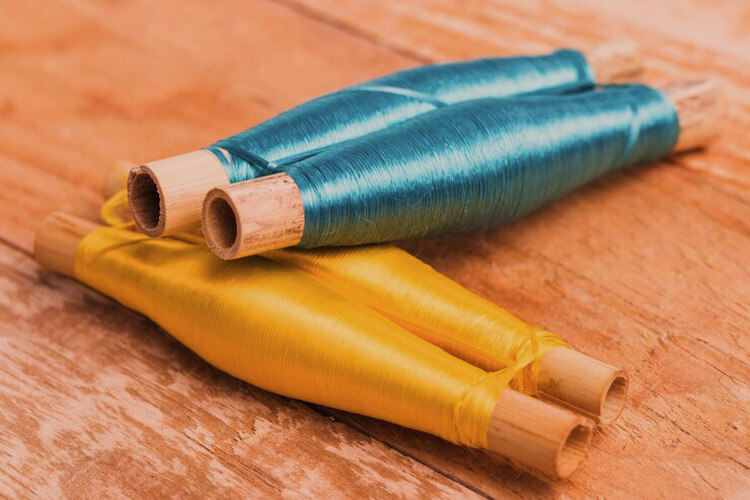
The glands of the silkworm release this fiber during metamorphosis. These fibers together form the cocoon. The producers cook cocoons to 60 degrees before the worm comes out of the cocoon. About 20 kg of raw silk is obtained from every 250 kg of cocoons. This type of silk is considered a type of animal thread produced by caterpillars belonging to a type of Bambi.
A single-layer silk thread is produced through steps extracted from mulberry trees to feed and propagate the domesticated silkworm, Bambi. During the caterpillar stage, it hides in a liquid protein secreted by two large glands in its head. This secreted protein hardens when exposed to air.
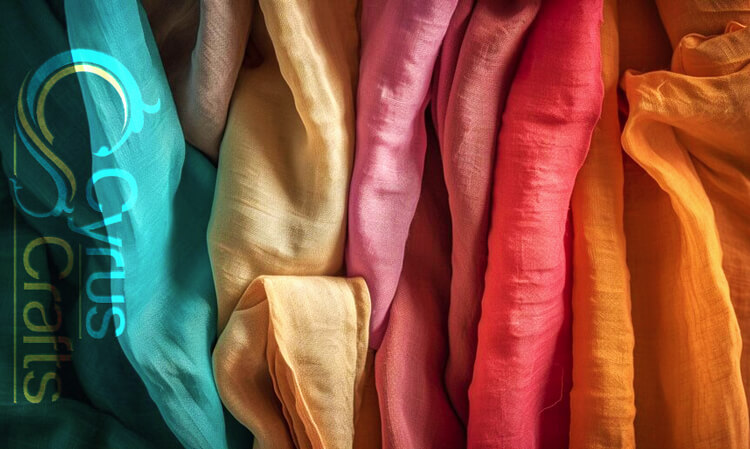
The resulting filament is linked by a second secretion, sericin, which forms a solid sheath or cocoon. Under natural conditions, a butterfly will eventually break the cocoon. In silkworm rearing, the larvae are killed in the cocoon with steam or hot air in the pre-metamorphosis stage.
Continuous heat treatment softens the hardened sericins to separate the strand. But today, silk fabric is not limited to the silk threads obtained from silkworm cocoons, there are many different types of silk fabric; we will introduce them in detail in this blog post. You may think that silk is used only for making clothes, but it is not true; Silk threats and textiles have various applications in fashion, styling, interior design, art, etc.
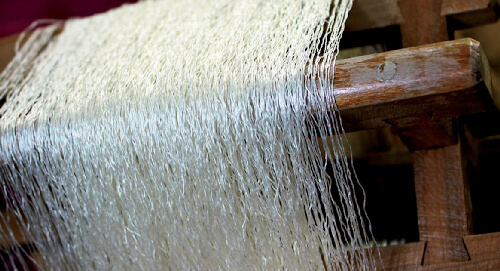
Types of Silk by Naturalness
Mainly there are two groups of silks, Natural and Synthetic or Artificial. There are some factors to tell if fabric is silk and then if the silk is natural or synthetic. But before distinguishing synthetic from natural silk, we should know the different types of silk fabric. So, let's first review types of natural silk fabric, then types of synthetic silk fabric.
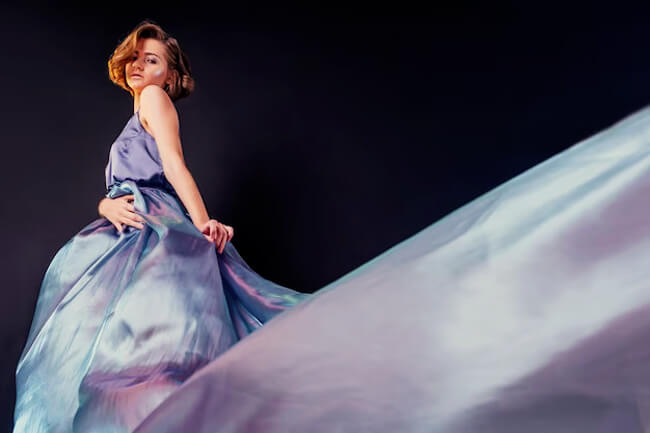
Natural Silk
Natural silk is divided into two groups: Animal-made and Plant-based fabrics. There are four animal-made natural silk fabrics known as Animal Thread: worm, spider, oyster, and tasar or tussar silk. Plant-based silk fabrics, also known as plant silks, include some types we will review in the following.
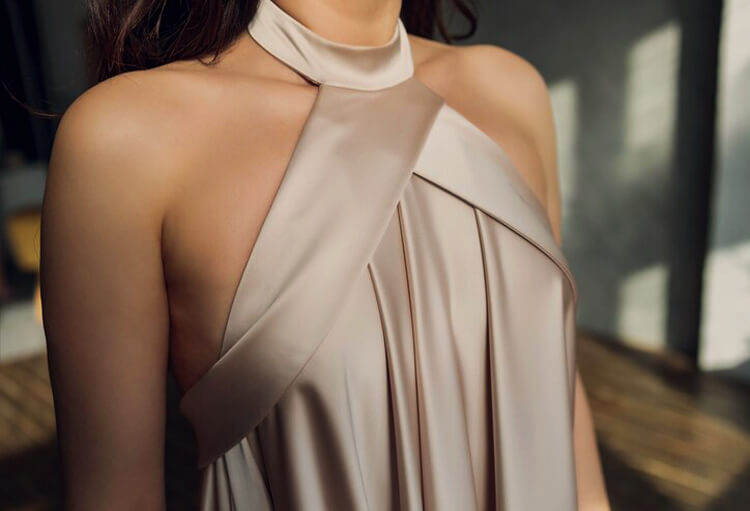
Animal Thread Natural Silk
There are four main types of animal thread natural silk: worm, tasar / tussar / tassar, spider, and oyster silk; you can read them in detail.
- Worm Silk: Using mulberry silkworm is the easiest way to produce silk thread. Most of the world's silks are produced using this type of worm known as silkworm silk. This type of natural silk thread is strong, soft, and durable. At the same time, the best silk fabrics are produced from this type of fiber. But other creatures are also engaged in silk production.
A species of silkworm called Pacypasa Atus is native to parts of Greece, Turkey, and Italy and produces Coan silk threads. These silkworms feed on pine, juniper, and oak tree leaves. Although ancient Romans used this type of silk widely, Coan production is minimal today. The fibers of this type of silk are mainly used to strengthen the fibers of other types of silk. - Tasar Silk: After mulberry silk, Tasar, tassar, or tussar silk, is the second most common type of silk. Native Indian worms produce this type of wild thread. This type of silkworm is also found in Japan. The final product of tasar silk is green.
Cyrus Crafts; Luxury & Unique Products
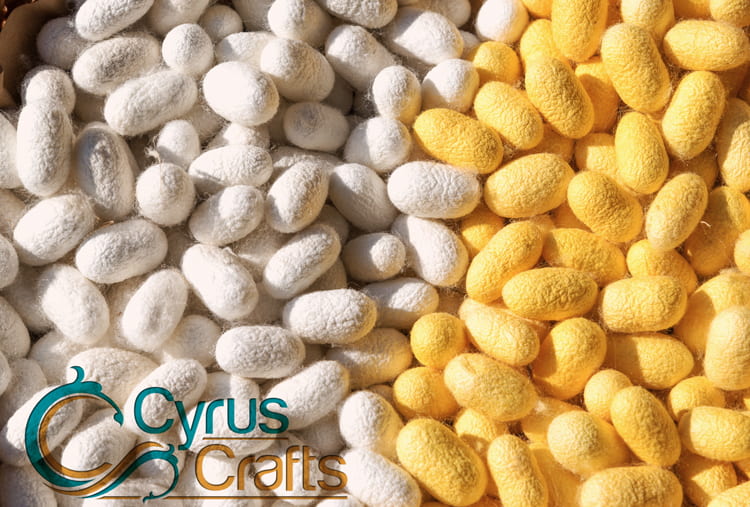
- Spider Silk: For centuries, some silk fabric manufacturers have tried to produce silk thread from the flexible and robust webs of spiders. They have been unable to produce it in large quantities from these threads for two reasons: first, spiders cannot be grown like silkworms. When they get together, they start eating each other. The second reason is the difficulty of working with spider webs.
As these fibers become rigid when exposed to air. But examples of this type of fabric have been produced. For example, in 2012, the Victoria and Albert Museum in London exhibited the most significant dress produced from spider silk fibers. This dress was a shawl and cape sewn using golden silk threads from 1.2 million spiders. - Oysters Silk: A species of bivalve oysters in the Mediterranean Sea produce a silk-like web to attach to the sea floor. The silk thread produced by this marine animal is known as bivalve silk or oyster silk.
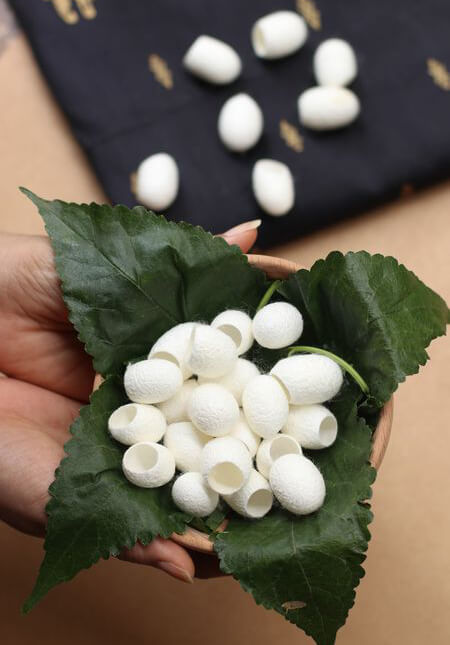
Plant-based Natural Silk
In nature, some silk-like threads with plant bases are known as plant-based natural silk, the most important of which are Pina, Citrus, Bamboo, and Lotus silk.
- They can produce fabulous fibers from lotus flower stems, named lotus silk. Producing lotus silk was done in the ancient past. But to produce a small amount of it, many lotus flower stalks must be available. The Lotus silk scarf is one of the most popular and fashionable plant-based natural silk clothes worldwide.
- Another plant-based natural silk is Pina silk. Pina is a silk-like thread obtained from pineapple leaves and traditionally produced in the Philippines. Pina is very similar to silk, light, transparent, and strong.
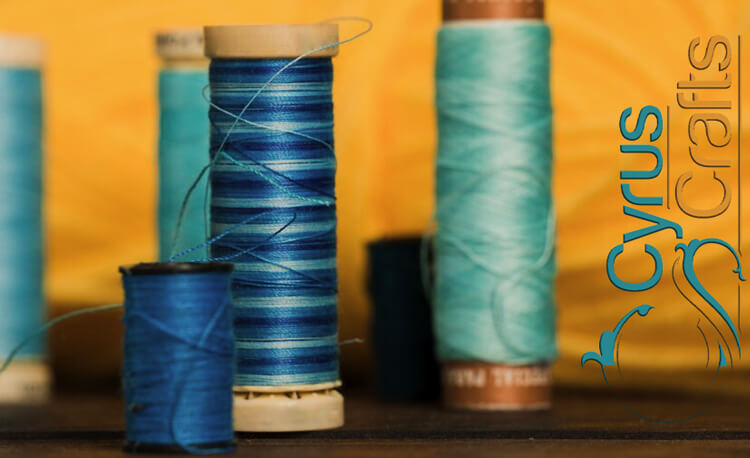
- Also, according to the company's statements, using citrus fibers can produce environmentally friendly silk yarn; Fibers will be a byproduct of the fruit juice industry. So, thousands of tons of waste that will likely end up under the ground; are prevented.
The company claims to have produced the first citrus fabric and hopes that this product will be used in fashion. This lightweight vegetable silk can be easily dyed. You can also print your desired design on this fabric. In addition, factories can produce it in matte and shiny forms. The company is happy to use industrial ecology because it can now reduce environmental pollution by converting the waste of fruit juice factories into a new and sustainable product. - Bamboo silk is another plant-based natural silk textile made from bamboo stalks fibers, increasing the number of products. Its popularity goes back to two reasons: It is renewable and grows easily.
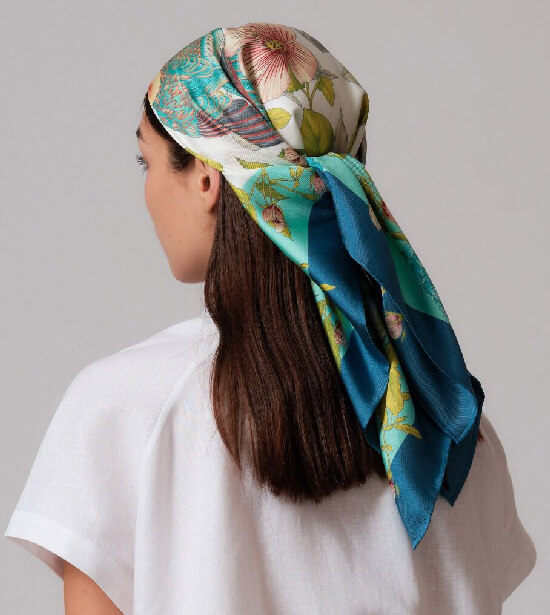
Synthetic or Artificial Silk
Synthetic or Artificial silk, called rayon, is made from cotton or wood pulp cellulose. First, cellulose is dissolved in alkaline carbon disulfide, and a thick liquid is obtained. When talking about different fabrics, you must have heard the name rayon, which is not so unknown. Indeed, you have a variety of clothes, accessories, or home appliances made of this material. But do you know what material is called raven?
This material is generally a kind of artificial fiber but only partially composite. However, reading this blog post can help you learn more about the material mentioned. One other popular type of synthetic silk fabric is satin silk; satin is lustrous and smooth and has a shiny surface with a matt back.
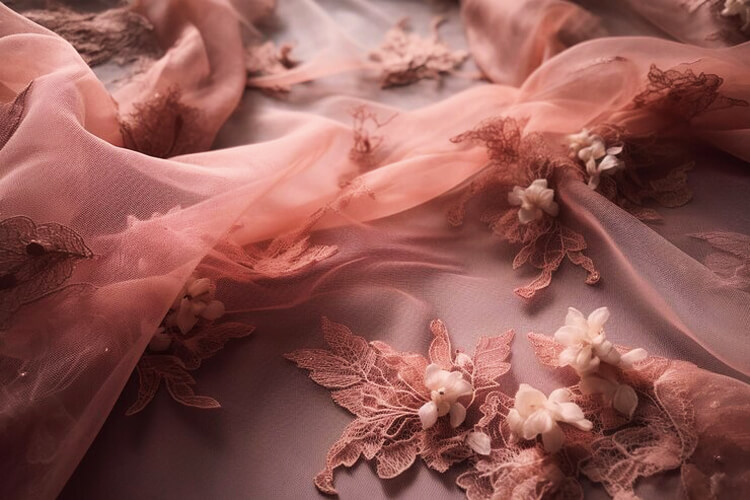
Types of silk fabrics
There are different types of silk fabric, the most popular of which are:
- Charmeuse
- Muga Silk
- Taffeta Silk
- Dupion
- Silk Velvet
- Silk Chiffon
- Organza
- Shantung
- Silk Georgette
- And some other kinds that we will review in brief.
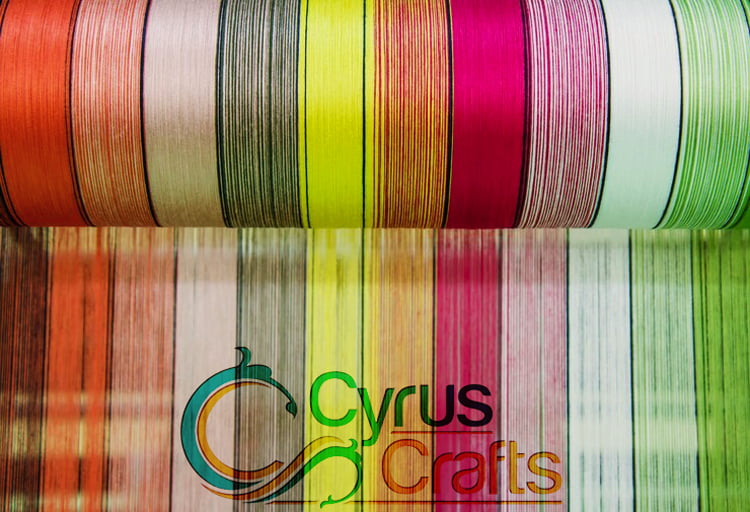
Charmeuse
Charmeuse silk fabric is a very light satin shiny on the top and matte on the back. Charmeuse is usually woven from 100% silk fibers. Still, sometimes it is produced from rayon, viscose, polyester, or a combination. Charmeuse is soft and is mainly used to sew blouses, delicate shirts, and lingerie. This fabric should be washed by hand and ironed on the back of the fabric with cold iron.
Muga Silk
Muga is known as the rarest silk of Assam. Muga silk fabric is organic and has the most potent natural fibers from the semi-cultivated silkworm Antheraea assamensis.
The Muga silkworm (Antheraea assamensis Helfer) is native to Assam and its neighboring regions in northeastern India and naturally produces golden silk. Since ancient times, many ethnic and tribal groups have been producing Muga silk. The Muga silkworm is wilder, unlike the mulberry silkworm, which is fully domesticated.
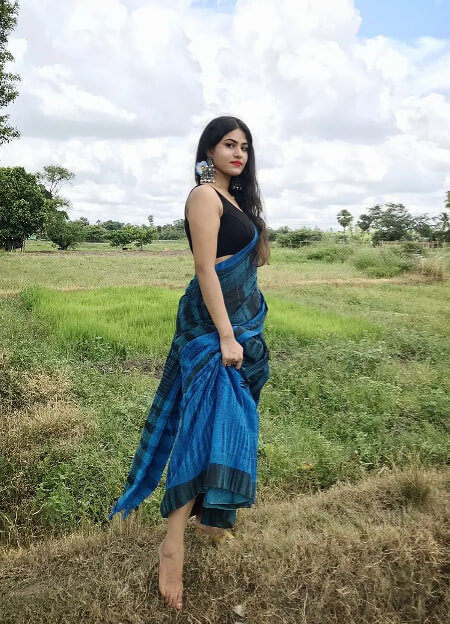
Taffeta Silk
Taffeta is smooth, soft silk with a simple texture and wrinkles. Also, when you wear this kind of clothes, you can hear its rustling sound when you move. It is produced in light to medium weights. Taffeta is usually produced with dyed threads and wefts of silk fibers. Because of this, it has a rainbow appearance.
Inexpensive taffeta fabrics are usually produced from acetate and polyester. The most common use of taffeta is to sew shirts, jackets, and evening and bridal dresses. It is challenging to sew clothes with this textile. As soon as the needle passes through the fabric, it leaves a mark, and if you make a mistake in sewing, you cannot easily make up for it. Wash taffeta silk fabric with the dry cleaning method and use a hot iron without steam on the back of it when ironing.
Dupion
Dupione silk has a simple texture and medium weight. Dupione is not very shiny and only shines when exposed to light. Of course, it is sometimes woven by twisting threads of different colors, which gives it a rainbow appearance. Dupione is suitable for sewing shirts, jackets, and wedding dresses. Washing this textile with a dry cleaning method and ironing it without steam is better.
Silk Velvet
Velvet silk or Silk Velvet fabric has a medium to heavy weight and is very soft and luxurious. This textile is produced from short loops of thread. These rings are cut, and a dense mass is produced that sleeps in the same direction. Silk velvet fabrics are usually expensive, but cheaper velvets are produced using cotton, rayon, and synthetic fibers. It is trendy for luxury sofa sets too.
Since the piles of velvet are placed in the same direction when cutting the fabric, you must be careful that all the parts of the pattern of your dress are aligned. Otherwise, your dress will look like two colors.
Use less iron as much as you can when sewing velvet. Wash the velvet fabric with the dry cleaning method; it is better not to iron it. But if ironing is necessary, iron the back of the fabric with a warm iron.
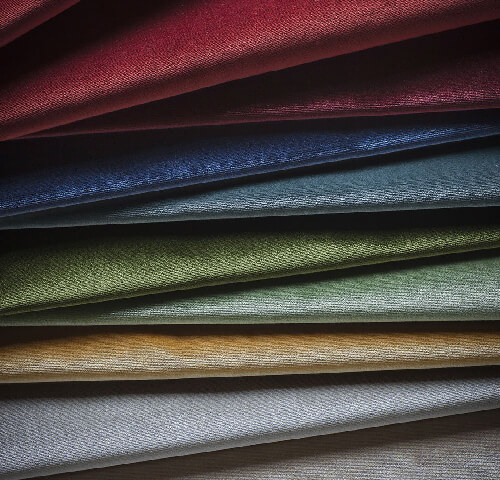
Silk Chiffon
Silk chiffon fabric is light, has a simple texture, and is produced by tightly twisting fibers. Chiffon is semi-transparent and slightly rough. Of course, it is softer and brighter than georgette fabric. Cheaper chiffons are usually made with polyester.
Chiffon is used to sew blouses, women's underwear, and evening dresses. Sewing clothes with chiffon is difficult. French stitching is usually used to sew fabrics such as chiffon. In this type of sewing, the edge of the seam is hidden inside the seam.
When washing this type of textile, either by washing machine or by hand or dry cleaning, the temperature should not exceed 40 degrees Celsius. Do not use steam when ironing.
Organza
Silk organza fabric is very delicate and shiny and has a simple texture. It is woven from interwoven yarns and is solid and durable. Although light, this fabric remains strong enough for sewing collars, hems, covers, and bridal or evening dresses.
Sewing with Organza silk fabric is difficult because it is light. French stitching is usually used for this type of fabric.
This type of fabric should be hand washed or dry cleaned, and we should use a cold iron for that.
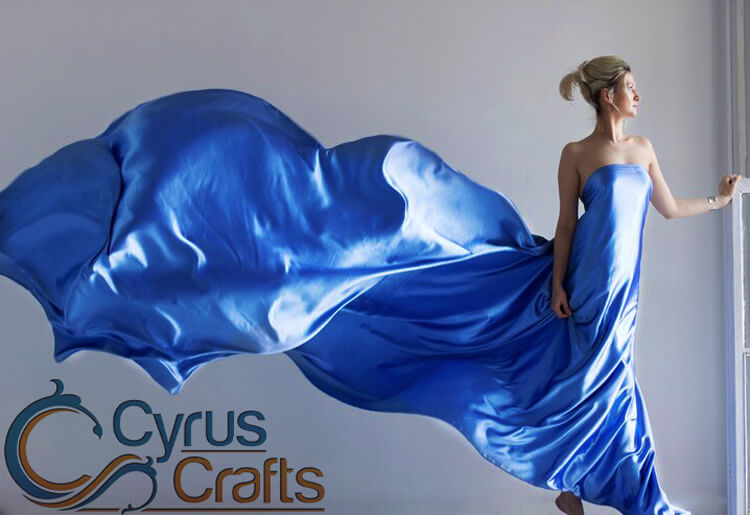
Shantung
Shantung is medium-weight with a simple texture. This fabric is produced using irregular silk threads and has a relatively hard texture. It is almost similar to Dupione but lighter and more irregular. Shantung is mainly used for sewing shirts, women's long dresses, and pants.
When washing, it is better to get this textile dry cleaned, and when ironing, we should iron its back instead of the surface with cold iron.
Silk Georgette
Silk georgette fabric, called crepe-georgette, has a loose style and texture. Its appearance is slightly wrinkled and produced in a simple or patterned way. Polyester is sometimes used instead of silk fibers to produce this fabric.
Most of this fabric is used in sewing blouses, shirts, and evening dresses. It is better to wash this fabric by dry cleaning and to iron it without steam.
Other Types of Silk Fabric
Some other prominent natural or artificial types of silk fabrics are cotton silk fabric, silk wool or satin fabric, Japanese, modal, brocade, twill, Matka, linen, jacquard, spun, vegan, or watered silk, Crepe-du-shin, and Crepe-backed satin.
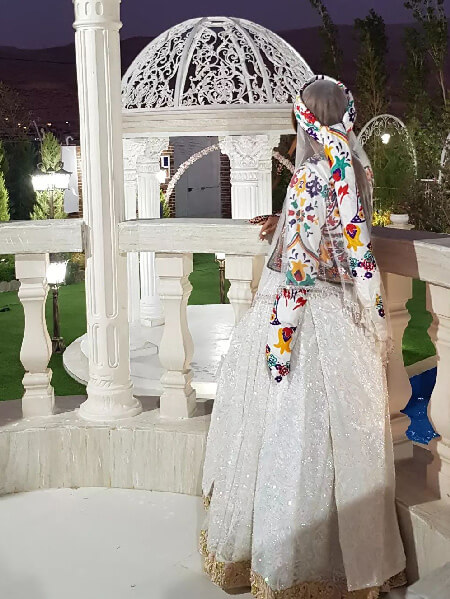
Silk Fabric's Advantages
Silk is the most durable fabric in the world. Silk fabric has recently given way to new synthetic fabrics (a lab-engineered biomaterial) in terms of strength. However, it is still considered the most potent natural fiber.
In contrast to its incredible strength, silk is praised for its other positive qualities. Silk's softness has made it a desirable commodity throughout history. This luxe product's trade led to the creation of a legendary trading highway in the distant past.
- Body Cooling: When a person feels heatstroke or heat suddenly, using silk clothes to prevent this issue and balance the body temperature is better. Silk sheets and pajamas effectively reduce the effects of heat and keep your body cool. The good news is that the CyrusCrafts website's needlework women's clothes have silk threads.
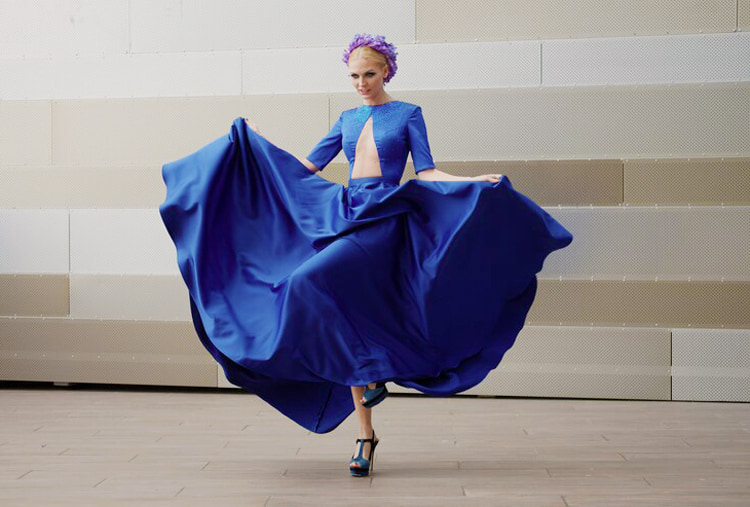
- Better Sleep: Researches show that 40% of people experience better sleep by replacing their sheets and pillows with silk fabrics. It is because Silk threads and fabrics are skin friendly. Using silk pillowcases prevents split ends too.
- Young and Brightening Skin: The silk fabric's constituent particles keep the skin moist and hydrated for longer. Also, the hair will keep its condition better and be shinier; that's why silk scarves can help keep it healthy and beautiful. Silk pillowcases will have a similar effect.
- Anti-allergy: If silk is of high quality and has a high purity percentage, it is made of natural materials and therefore does not absorb dust. As a result, it reduces the possibility of allergy or sensitivity, especially seasonal allergies.
- Reducing Eczema and Skin Itching: Possibly, it has happened to you that you have eczema for various reasons, and your skin becomes inflamed, red, and swollen.
In addition to the natural treatments or chemical drugs you use to treat eczema or itching, it is interesting to know how to use clothes, sheets, or bedspreads made of silk fabric. It can help you reduce eczema and relieve itchy skin.
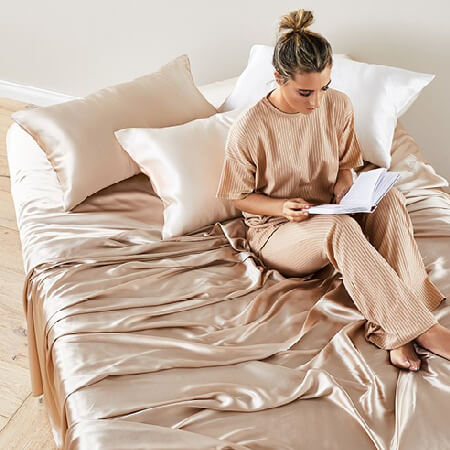
How to Distinguish Natural Silk from Synthetic?
Do you know how to tell if fabric is silk or how to know silk fabric? Distinguishing natural silk from synthetic helps you choose the best quality at fair prices instead of getting manipulated by fraud. It is easy to know the silk fabric and tell if it is natural or artificial; read the following to familiarize yourself with ways to distinguish real silk.
- Touch the Fabric to Distinguish whether it is Natural or not
Touch is the fastest way to distinguish real and natural silk from synthetic silk. Run your hand over the cloth a few times. If you feel warm, the fabric is original. When you run over synthetic fabrics, your hand will never get warm.
- Ring Test for Telling if the Silk Is Real
You can do this test with relatively light velvet fabrics. Gather part of the silk fabric to pass your ring through the fabric. This fabric is very soft and flexible, so it can quickly pass through the hoop. But since rayon wrinkles quickly, the ring cannot easily accommodate the fabric. Moving the ring on artificial silk isn't easy, but it moves smoothly on natural.
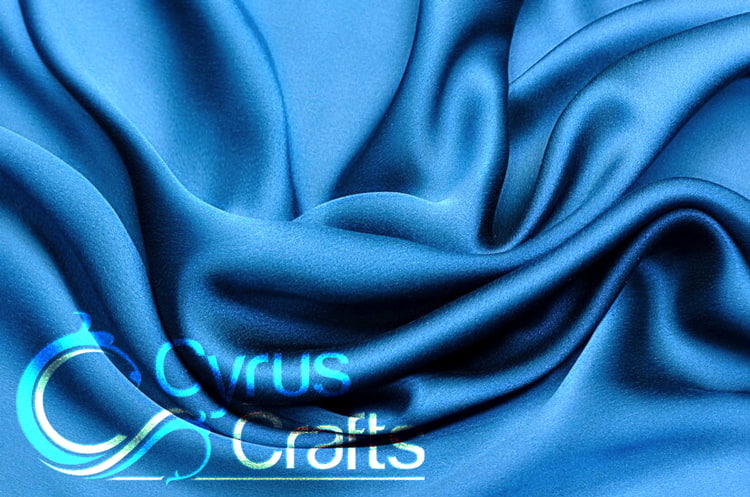
- The shine of silk fabric
Natural silk is gorgeous and shiny. When you hold the original fabric at different angles, the color on its surface changes slightly. Still, this change needs to be observed in synthetic silk fabrics.
- Fabric burning test for Silk
The best and surest test of silk fabric is to burn a few threads. When natural silk burns, the flame cannot be seen, and we can smell something like burnt hair. Its ash is black and very soft. But synthetic silk is entirely the opposite. When it burns, the flame is visible and smells like burnt plastic. No gray is produced. Of course, when doing this test, you must be careful not to burn the entire fabric.
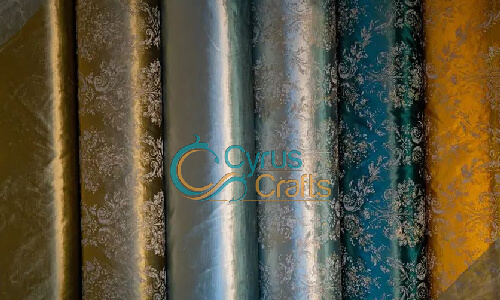
Uses of silk fabric
Different types of silk fabric have various uses in clothing, design, and home furnishing. Most products of types of silk fabric are silk carpets, rugs, upholsteries, clothes, accessories, handicrafts, etc.
Silk Carpets
Today, the weaving of carpets is very prosperous, and Iranian carpets are exported to different countries. Handmade silk rug has a radiance and luxuriously soft texture. These luxurious fibers work magic when used in area rugs or as decorative accents to add a touch of sparkle to designs. Thinner than human hair, silk fibers have a crystalline structure that refracts ambient light, creating the lustrous, glossy appearance known as natural fibers.
Although spinning thousands of feet of silk from cocoons is tedious, the stunning results are worth it. These magnificent carpets were widely produced in Iran, India, and Turkey. Handwoven silk carpets have a unique beauty and luxurious look, making them exceptionally desirable. When displayed on the floor or a wall, handwoven silk rugs create an eye-catching look.
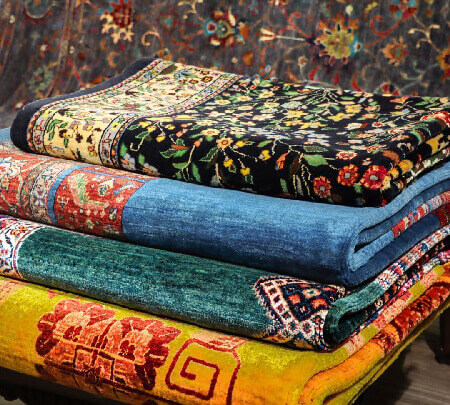
Silk Wall Rugs
It is rare to find a house that has yet to use wall art to decorate it. Among the wall arts, the wall rug is one of the most luxurious and valuable. Iranian artists have been weaving unique wall carpets for years. Silk wall rugs are available in two forms "with prominent flowers" and "without prominent flowers."
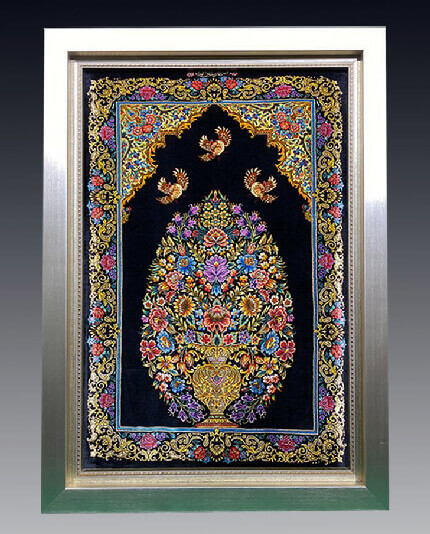
Silk Upholstery
Since silk fabrics are the most durable and high-quality fabrics in the world, in addition to their elegance and unparalleled beauty, they are widely used in the furniture industry. In addition, silk upholstery is very soft, breathable, and comfortable in contact with human skin without causing sensitivity and inflammation. So silk is one of the most popular fabrics in furniture making. Brocade and velvet silk are among furniture's most widely used fabrics. But if silk furniture is not affordable, there are better alternatives than velvet. Here is how to use velvet in decoration.
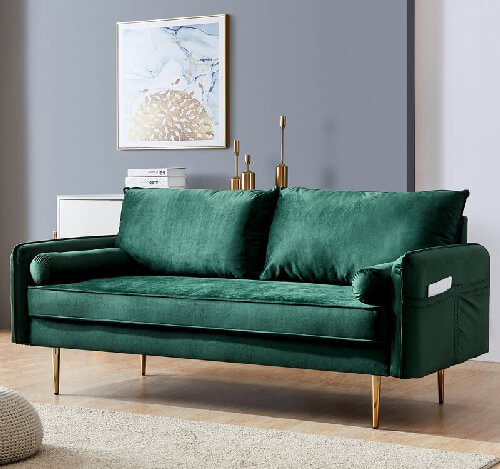
Silk Clothes
Due to its breathability and friendliness to the human skin, silk is used both in the texture of soft and excellent fabrics suitable for the summer season and in the lining layer of winter furs as warm thermal insulation. Among the other uses of woven silk, we can mention the edge of the collar, cuffs, and front of the chest of luxurious local clothes. Silk clothes like silk dresses have been the most luxurious and popular.

Silk Accessories
Accessories always have a special place in the fashion industry to complement the style. Interestingly, silk fabrics and threads have many uses in making accessories. For example, silk threads in different colors are often used in the art of needlework, one of the old and authentic Iranian arts. Moreover, silk accessories for hair protect you from split ends.
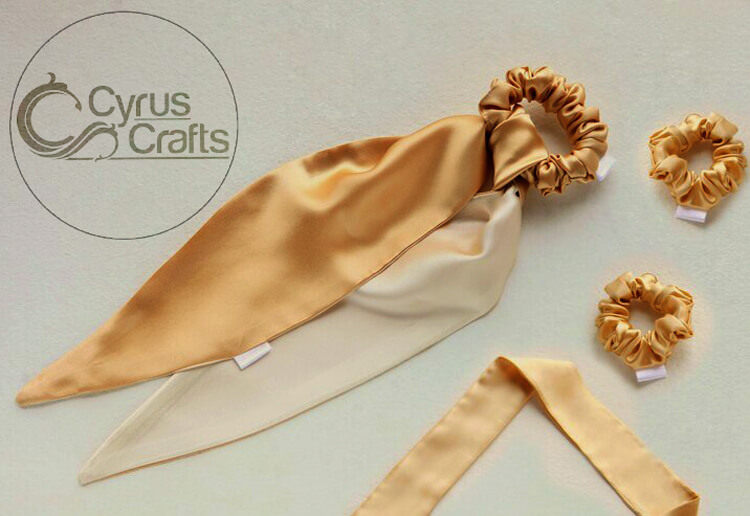
Silk Handicrafts
Handicrafts of each country and region have many types; therefore, the world of handicrafts is vast. In the world of handicrafts, silk has opened its place among fabric and cotton handicrafts. For example, silk-made products among Termeh products are from the Handicraft section of the CyrusCrafts website. Silk handicrafts are the unique thing that completes your home office decoration.
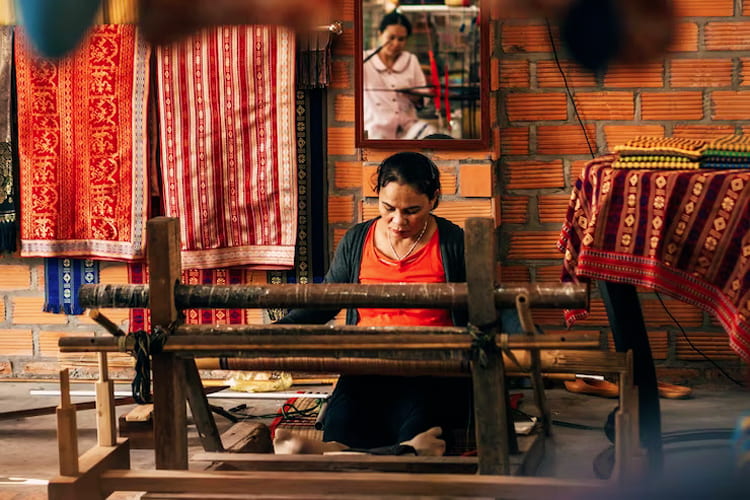
Other Uses of Silk
You may be interested that silk threads are also used in making musical instruments, silk mohair, ropes and ribbons, and fishing tackle. If you know other uses of silk, please share them with us by adding a comment.
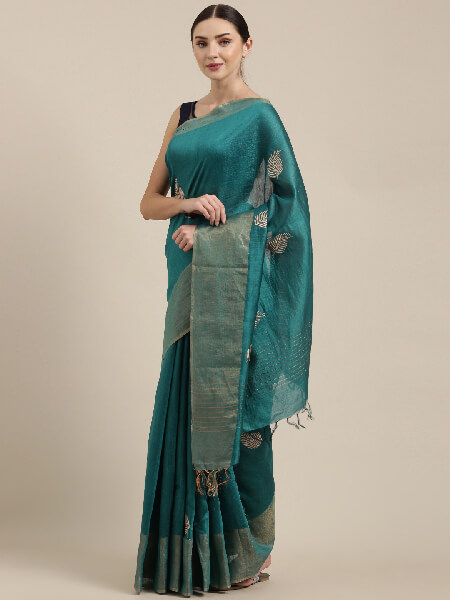
This full guide has explained all details about silk, its types, its usages, and how to distinguish silk from similar fabrics. You can post any opinions or questions you have in the comments section. You can also order any of the silk products on our online shop website that you like at the best price by filling out the order form so that we can deliver them to you quickly. The delivery time gets shorter if you live in Canada or the USA.



















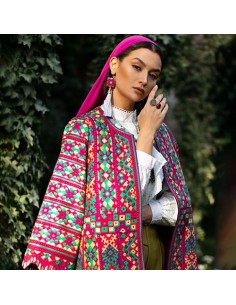

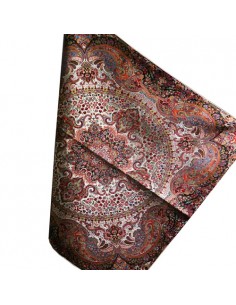

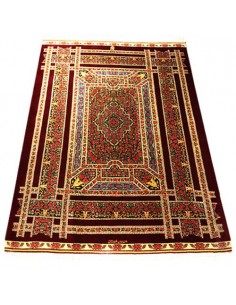

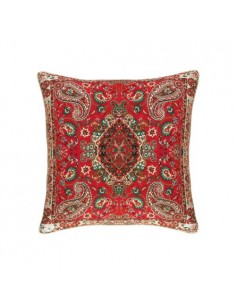

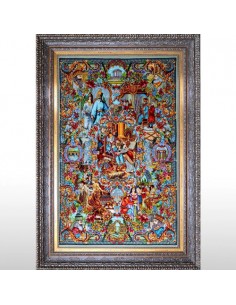

Comments (7)